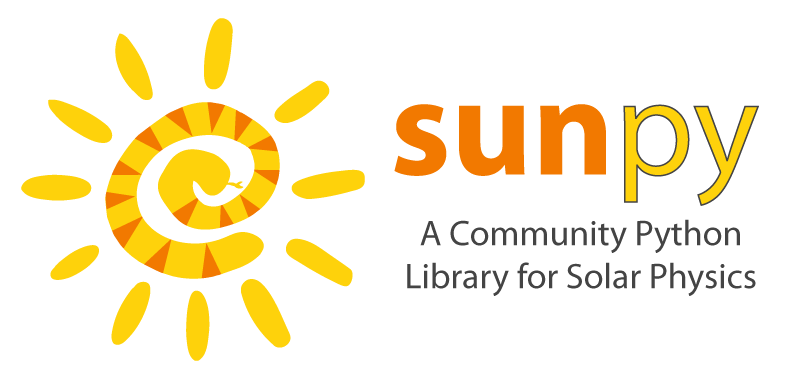Part 2: The Dive#
The Coding Period of the Google Summer of Code officially began on 27th May 2019 — for me, it was the day when the “Dive” into the realm of code began.

This post is the second post in the series of posts I am writing every two weeks to describe my journey as a student in Google Summer of Code Programme working for Sunpy for their solar image processing toolkit, Sunkit-Image.

Why do I call it a dive, you might wonder? Imagine a man on a boat in the middle of a lake, rowing it towards the far shore. He has just started his journey and was hoping he could make it to the other side without getting himself wet, more than that was necessary. This is was my condition at the starting of the coding period.
You will still ask where is the dive then. Rest assured I am coming to it. The man is not alone on the boat as you might think. There are two more people on it. Both of them are excellent swimmers and want that man to learn to swim.
One cannot learn to swim without ever entering into the water.
This is the dive.They encourage the man to go into the water at the same time supporting him, saving him from drowning. Now I hope you understand where I am taking this.
The man on the boat is I, the two other people on the boat are my GSOC mentors — Jack and Nabil, the water is the complexities of the algorithms and the lake itself is the Google Summer of Code.
The first two weeks have been just like the way as I have described above — filled with “first-time” moments which were a little intimidating once, but with the help of everyone — my mentors, the Sunpy community everything is going on smoothly.
Now coming to what has been done in these two weeks —
Implemented the Multi-scale Gaussian Normalization
Multi-scale Gaussian Normalization (MGN) is an algorithm to enhance the images of solar surface and limb. This is a complex algorithm. During these two weeks, I wrote the algorithm along with the tests and examples for it.
An input image to the MGN algorithm
The output of MGN for the above image
Completed the Fourier Normalizing Radial Gradient Filter
I have written the code for this algorithm before GSOC officially began but there was still a lot to do. During the past weeks, I wrote more tests and examples, fixed the documentation. Along with this I also worked on the Normalizing Radial Gradient Filter adding tests, examples and documentation fixes.
An input image
The output of the NRGF filter
The output of the FNRGF filter
Implemented the OCCULT-2 algorithm
Oriented Coronal CUrved Loop Tracing (OCCULT) is an algorithm to automatically trace out the loops on the solar surface and the corona. I have just written the code as of now without any testing. I cannot provide any output image because the code has not been validated and checked. This is one of the trickiest algorithms and it took me almost a week to understand it fully but I am confident that it will take some more time before it is completed.
The work to be done in the coming weeks —
Make both the pull requests on MGN and FNRGF ready to be merged.
Work on the OCCULT-2 code, perform extensive testing on the code and make sure that everything is working fine.
I hope you enjoyed reading it. Stay tuned for more exciting stories.